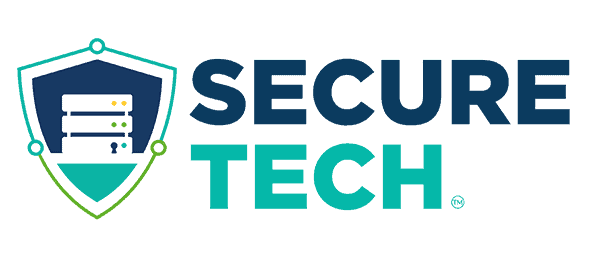Internet-based crime reached more than $3.5 billion in losses for businesses and consumers in 2019. Phishing is one of the most common forms of cybercrime sitting in the top 3 causes of cybersecurity incidents and reported breaches. With the click of a button, an attacker can send thousands of emails to potential victims, tricking them into sharing sensitive information. No organization is safe from phishing attacks, so it’s important to understand the risks and proactively protect your business. That’s why identifying phishing emails is so important to avoid the disclosure of sensitive information that can be used against you and your organization.
Spam vs. Phishing
Before going further, let’s make sure we’re all on the same page with what phishing is and isn’t. Spam or junk email is not phishing. While those emails may attempt to get you to purchase something that may or may not exist, they aren’t asking for any information from you. However, they can certainly be fraudulent and should be deleted, reported, or marked as junk.
Phishing, on the other hand, is a method of contacting you via email, phone, or text; and attempting to trick you into sharing your sensitive information by posing as a trusted institution such as PayPal, your bank, or Netflix. Typically, they state something is wrong with your account and request that you log in via a link or provided URL to rectify the issue. They can be hard to catch because they take great care to make sure their emails, sites and forms match the company they are impersonating by using their actual logos, layouts, and fonts.
As a business owner, you are particularly at risk of phishing. They target your personally identifiable information (PII) as well as the access you have to your customers’ PII like passwords, credit card numbers, bank account information, social security numbers, etc., and take that information to use or sell on the dark web. Phishing is also utilized to plant ransomware. Ransomware is where your systems and data are held hostage by malicious software until you pay to have it released. A data breach like this is detrimental to a business, in more ways than one. When a business falls victim to a phishing scam or data breach, not only is your own money, data, and identity at risk so is your customers’. Remember Target’s data breach in 2013 that exposed credit card and personal data for more than 40 million customers? That was the result of an email phishing attack.
What can I do to protect my business?
Protecting your business from phishing is a two-part strategy: training and technology.
Training
All of your employees can be properly trained to identify the basic characteristics of a phishing scam. Partner with a provider that can run phishing simulations and training courses that teach your employees how to identify and avoid phishing attempts. And, if they aren’t certain, your team is trained how to escalate their concerns to someone who can determine if it is indeed a phishing scam or a safe communication.
SecureTech’s cybersecurity solutions incorporate live simulations to test employee’s awareness and assign appropriate training options all while providing backend reporting for any compliance requirements.
👇 Download our eBook below for tips on identifying phishing scams and how to avoid falling prey to phishing! 👇
Technology
Fortunately, there are also technological solutions that can aid in preventing phishing attacks. For instance, requiring multi-factor authentication (MFA) for your systems can greatly reduce the effectiveness of phishing. MFA is where a user is granted access to a system only after successfully presenting two or more pieces of evidence of their identity. Even if the attacker gains access to a password, they will still need the secondary authentication method.
To combat growing cybersecurity threats, our experts will partner with your business and implement a layered security solution with SecureArmor. MFA, Password Managers, Email Encryption, Spam Filtering, Dark Web Monitoring, Phishing Simulations and training are all pieces to keep your data safe. It’s like home security, you use more than one precaution to make you a less attractive victim. Barking dogs, alarm systems, and locked doors are all effective deterrents to make attackers think twice before targeting you. The same applies with cybersecurity, the more layers they have to get through the less likely they are to prey on your business.
To learn more about how our cybersecurity solutions can help your business in the San Antonio, TX area, contact SecureTech today.
